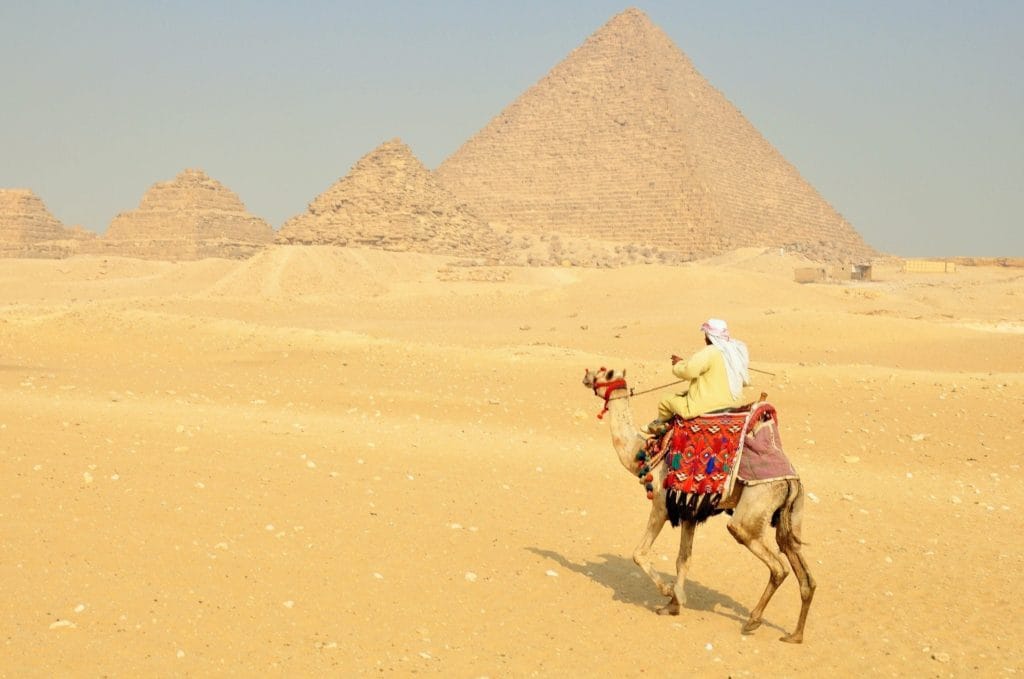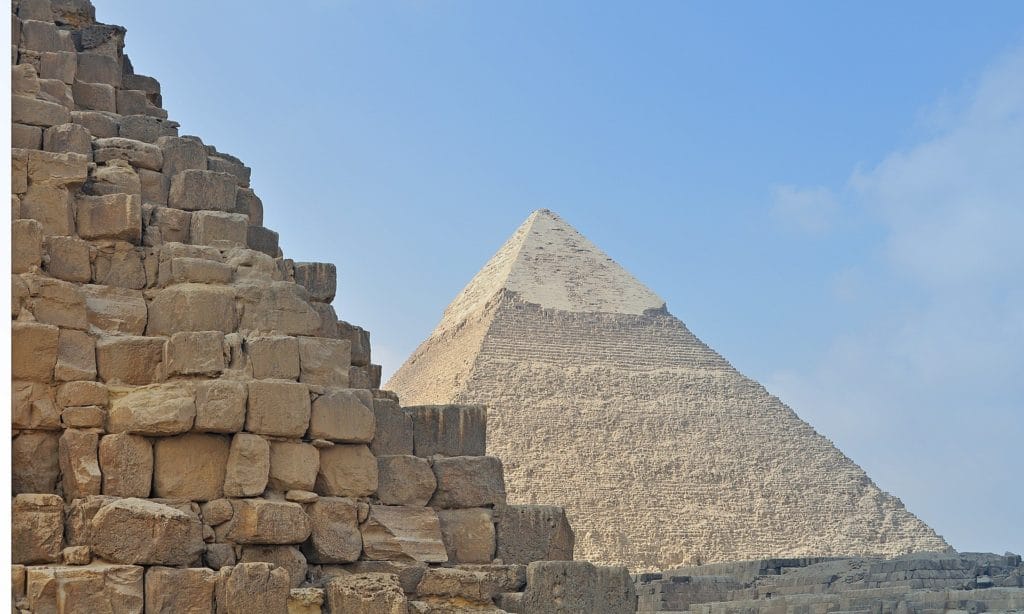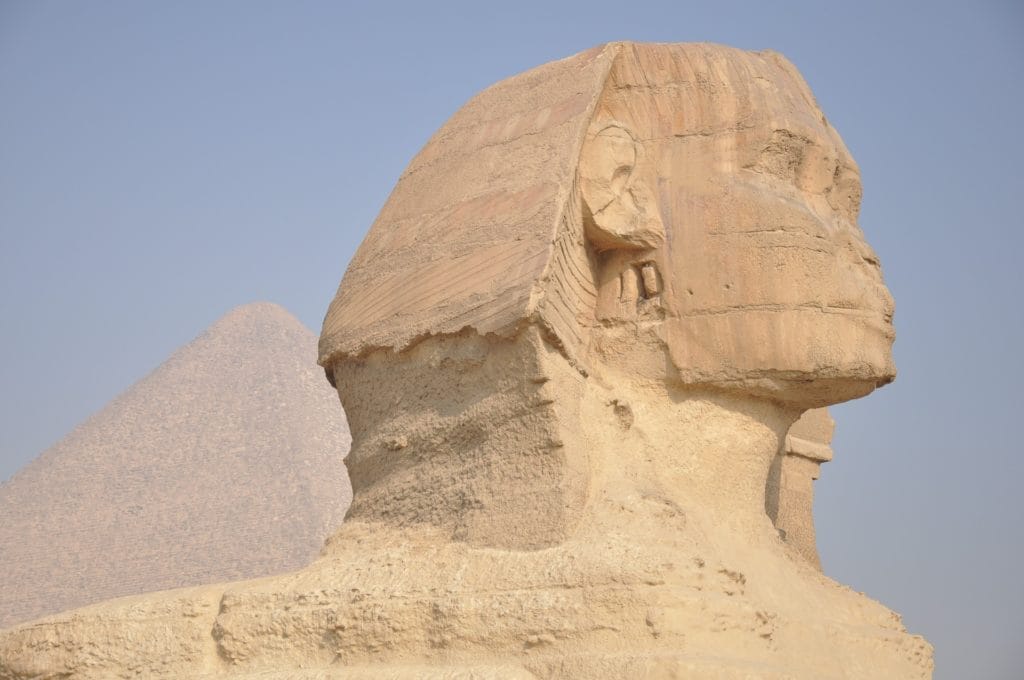Oxfordshire Mind’s Physical Activity Team are offering a weekly ‘virtual walk’ this week the team are visiting one of the wonders of the ancient world: the Pyramids of Giza.
Welcome, everyone. Today we’re going to visit the only surviving wonder of the ancient world- the pyramids of Giza. These monumental tombs have stood on this spot for over four thousand years, an enduring legacy of the ancient pharaohs and their desire to be immortalised forever after their deaths.

Giza is actually a suburb of the bustling city of Cairo, so although most photos make it look like the pyramids are slap-bang in the middle of the desert, the edge of the city is actually not so far away. We pull up in our taxi and are immediately struck by the immensity of these enormous structures. No pictures prepare you for quite how impressive they are. They seem to be at once a part of the desert and a stark imposition on the natural environment, like someone had taken a knife to a set of sand dunes and shaved them down until they were perfectly even on all sides.
We wander through the complex. It’s huge. As well as the three main pyramids, housing the tombs of the Pharaohs Khufu, Khafre and Menkaure, there are smaller pyramids for queens, temples and two cemeteries housing other important figures, like royal sons and government officials. At first, the whole thing is rather overwhelming – all around, there are crowds of tourists, people selling souvenirs or food or offering camel rides around the complex. But after a while, you settle into the rhythm of the place, and the hustle and bustle becomes comforting.
Even though it’s the morning and the heat of the day is nowhere near its peak, it’s still swelteringly hot. The sun is rising above the city behind us, its bright orb breaking out above the heat haze and smoke of the city. The position of the sun is no coincidence. The pyramids are situated on the west bank of the Nile, because in Ancient Egypt the side of the Nile where the sun set was thought to be proper for the tombs of the dead.
Our wanderings bring us to the bottom of the Great Pyramid, the tallest of the three main pyramids. Just looking up at it gives you a slightly dizzy sensation. Close to, you can see how the sides of the pyramids are not smooth, as they seem from a distance, but made up of lots of stacked blocks of stone, almost like steps, so you think if you wanted to you could climb up right to the very peak. I wouldn’t do that though- climbing the pyramids is strictly forbidden. It’s important we respect these ancient monuments and ensure they are preserved so that future generations can appreciate them. It’s even best not to get too close- when we approach, reaching a hand out towards the one of the blocks, a nearby guard gives us a stony glare, signalling that it’s time for us to move on.

Around another corner of the pyramid is the entrance into the tomb, set a few metres up . We climb up to look inside, peering down into the long dark tunnel going down deep into the depths of the pyramids. You can pay to go inside, to follow the small, cramped passageway down into where the pharaoh was originally laid to rest. You have to be pretty dedicated to go down all the steps and squeeze through the narrow, claustrophobic gaps, though, and it’s certainly not for everyone. I don’t know if everyone in the group would be prepared to do that, so maybe let’s save it for another time.

Around a ten-minute walk away from the Great Pyramid we find the other landmark that Giza is famous for – the Great Sphinx. It’s an image that all of us are familiar with – the body of a lion with the head of a pharaoh, staring enigmatically into the distance. The years have not been kind to it, wearing away at its body and its face and removing its nose. At one point it was even buried in sand up to its neck. What has that weather-beaten face seen as it gazed out over Cairo all these long centuries? Greek kings and Roman generals, Ottoman troops and Napoleon himself have all tried to claim this spot. They are all gone now, but the sphinx still remains, and the statue’s solemn features keep their secrets.
We’ve been wandering around for a couple of hours now and the heat is starting to get to us. We stop to buy a wedge of watermelon from a street vendor and eat it in one of the very few patches of shade we can find. It’s sweet and cooling, and just what we need after all our walking around.
It’s getting to the hottest part of the day now- time to return indoors and wait it out. Hope you’ve enjoyed our exploration of this fascinating slice of ancient history today- and see you next week for another walk!

